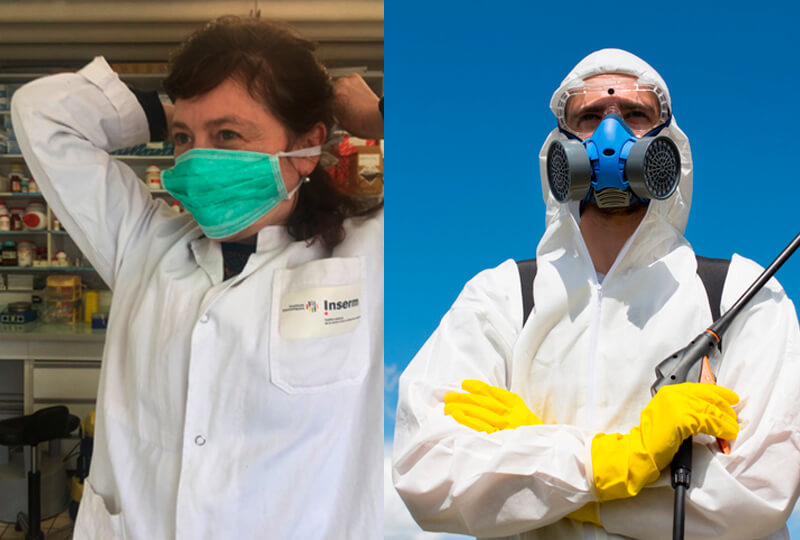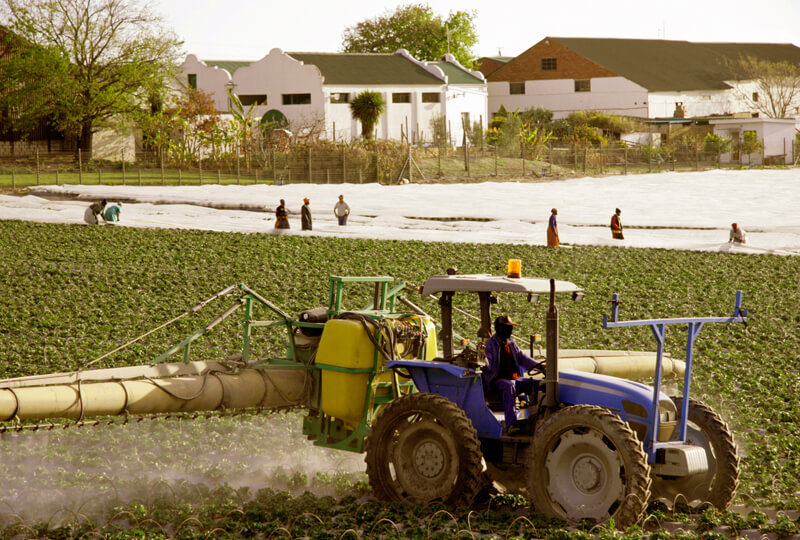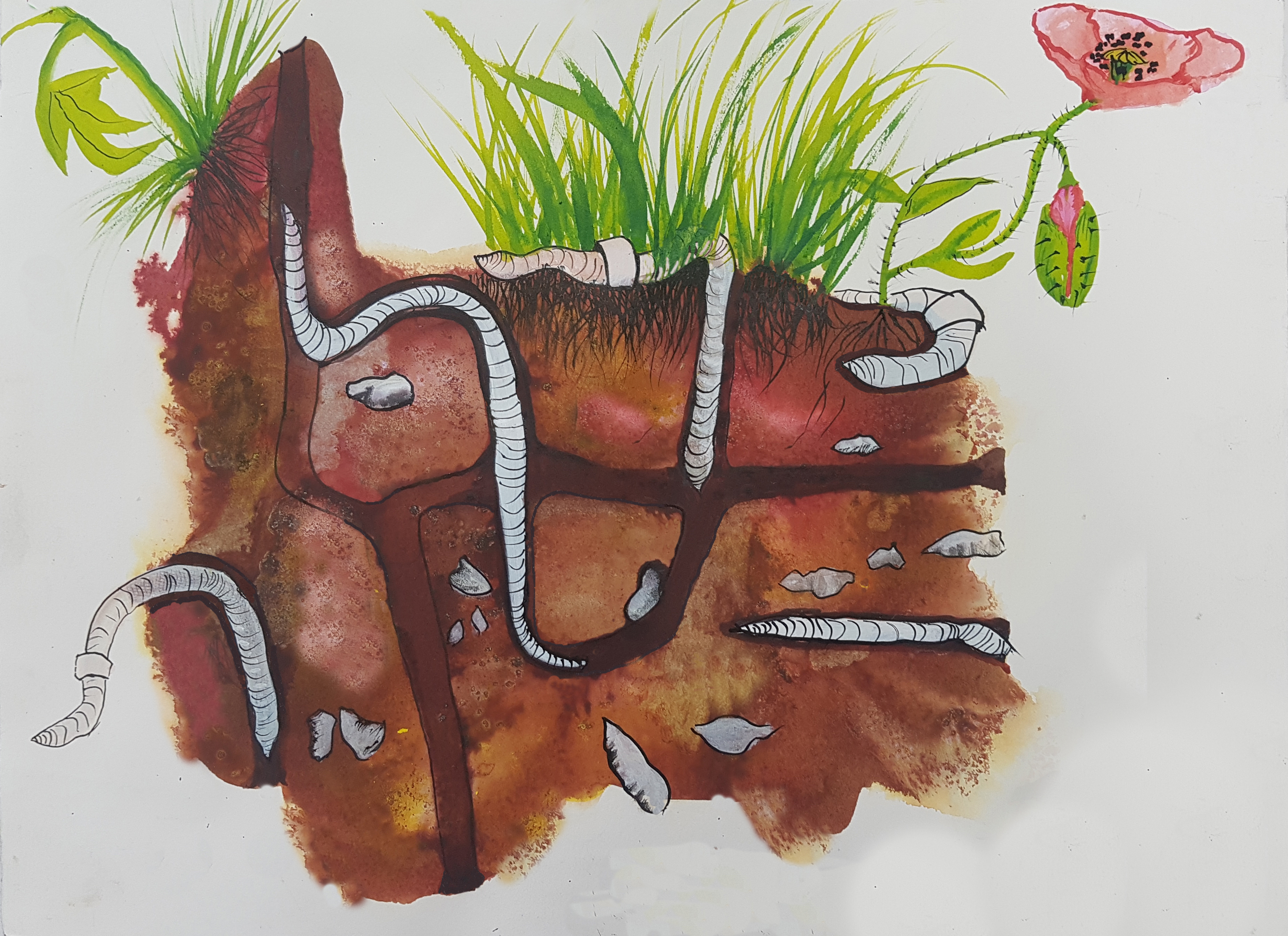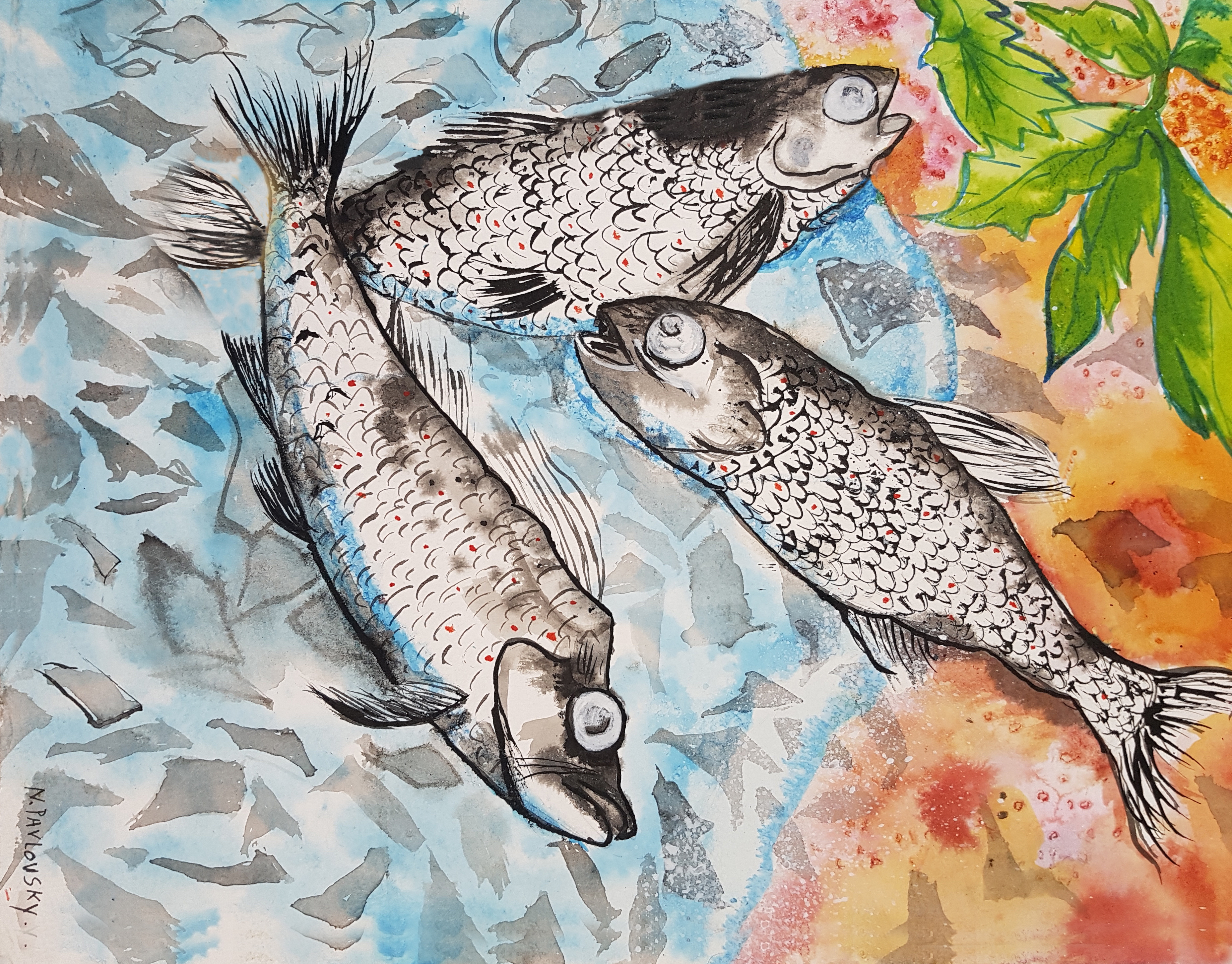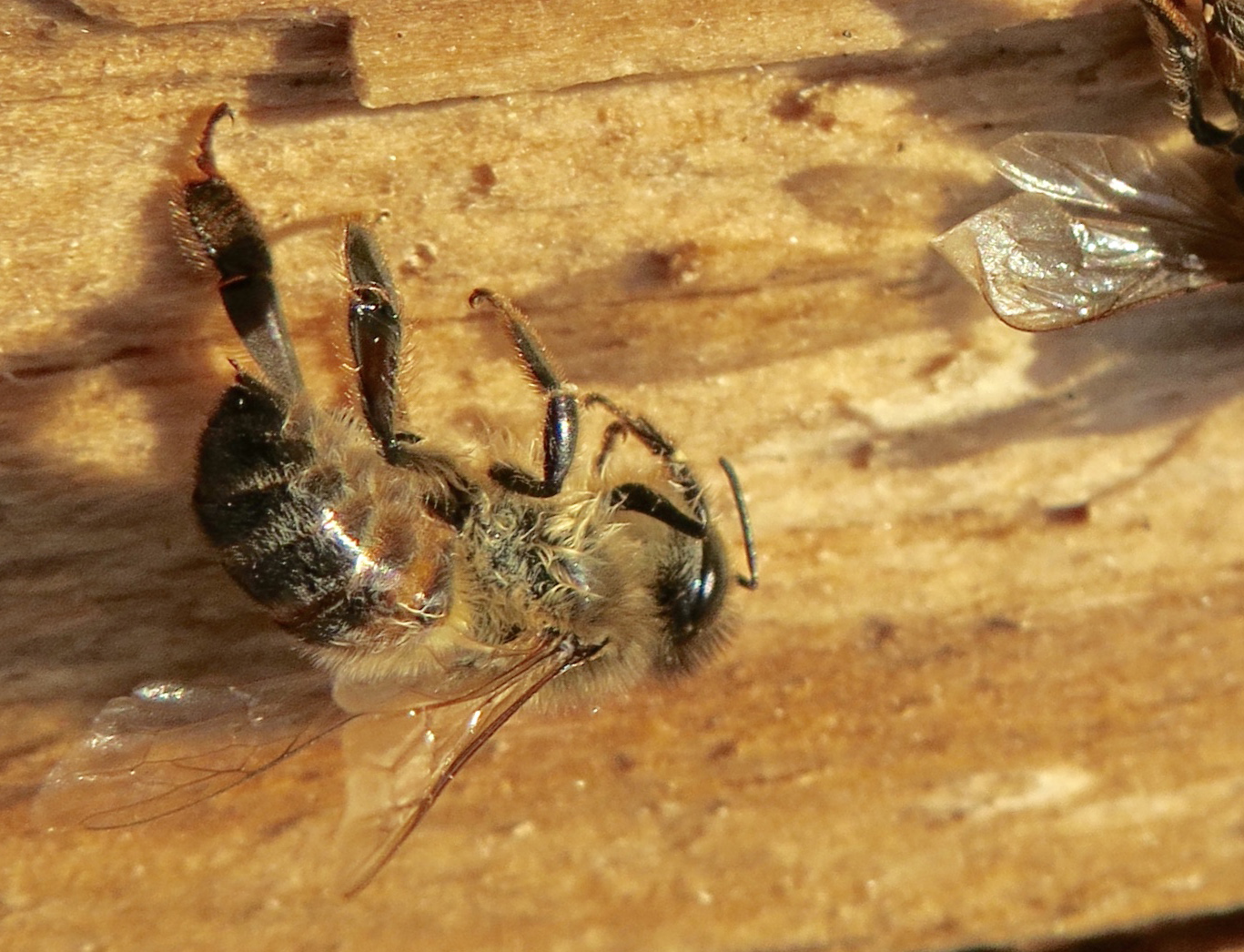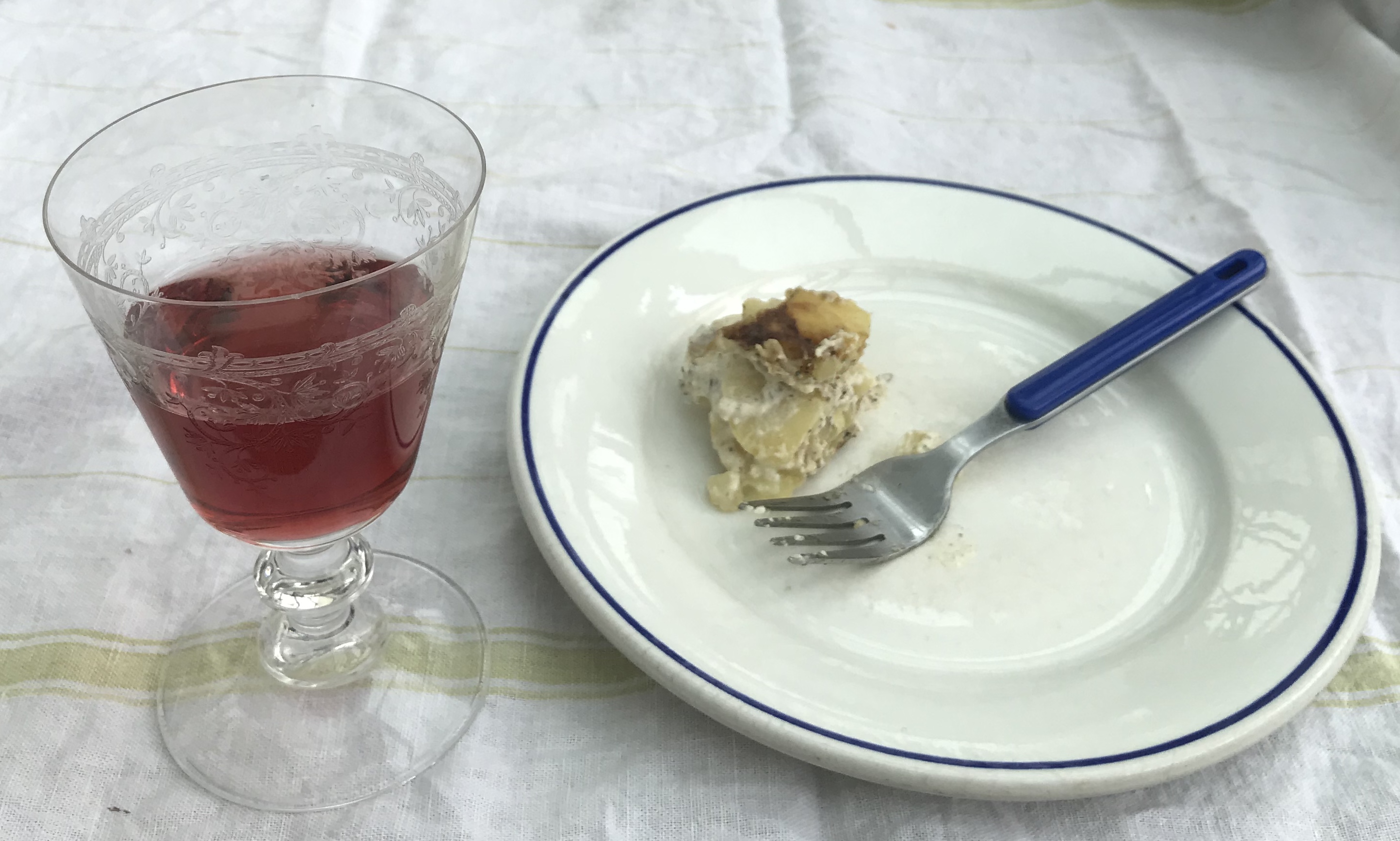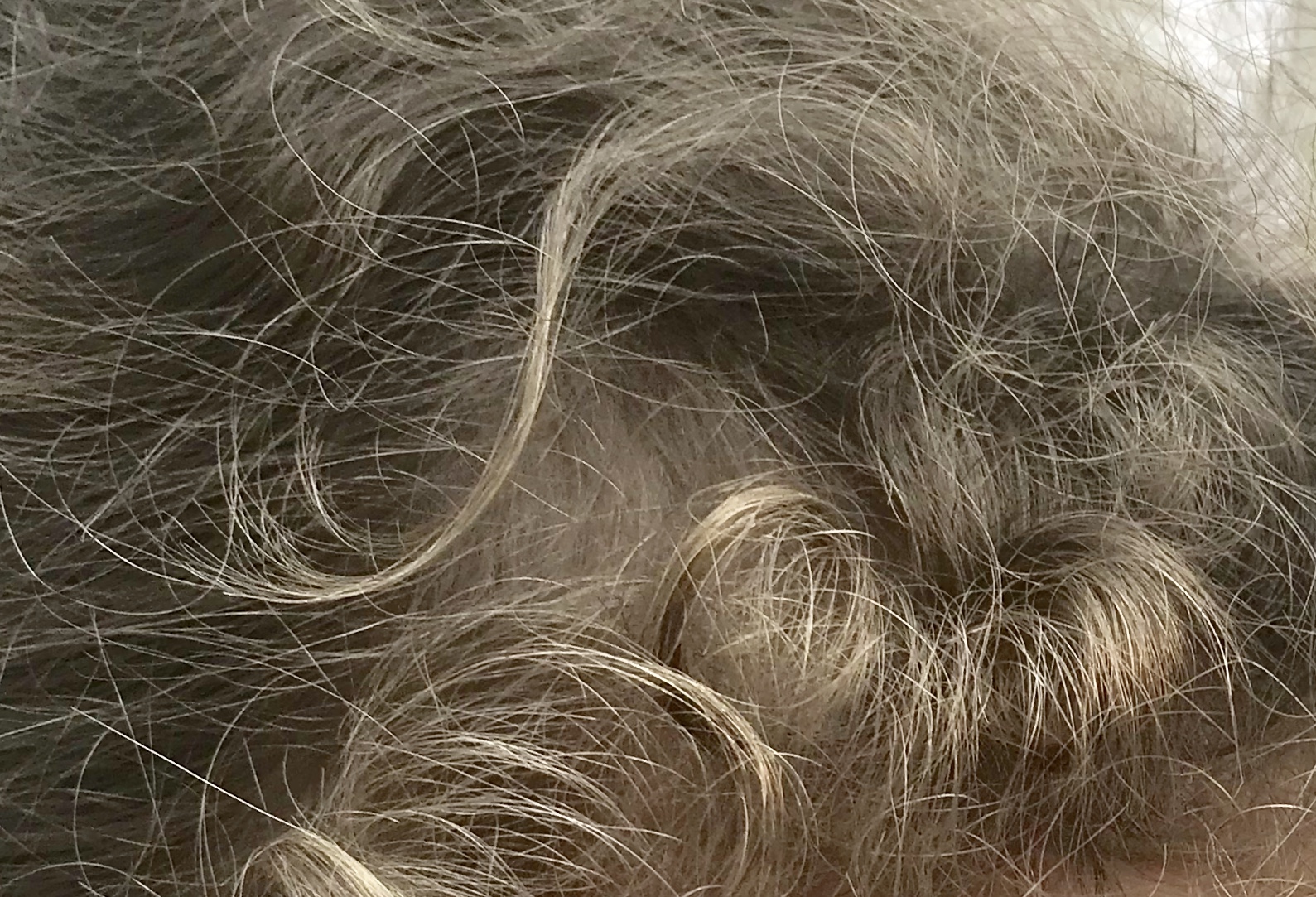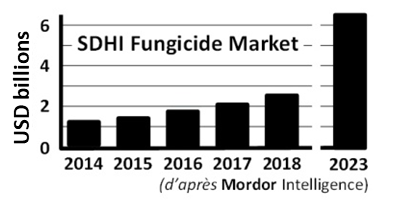Toxic for all living organisms, used on 80% of agricultural land, SDHIs pesticides Inhibit an enzyme : the Succinate DeHydrogenase
SDHIs in pictures
SDHIs are recognized as highly toxic
You have to equip yourself like cosmonauts to use them
But SDHIs are generously spread in nature
For some, direct contact leads to death (worms, fish)
Slow impregnation causes death of bees and tumors in rodents
It is found in food, drinks and hair
But the financial market of the SDHIs is flourishing and still growing
SDHIs: Questions Answers
ANSES : National (French) Agency for Food Safety, Environment and Labor









In laboratories …in stores


I poison … and I heal
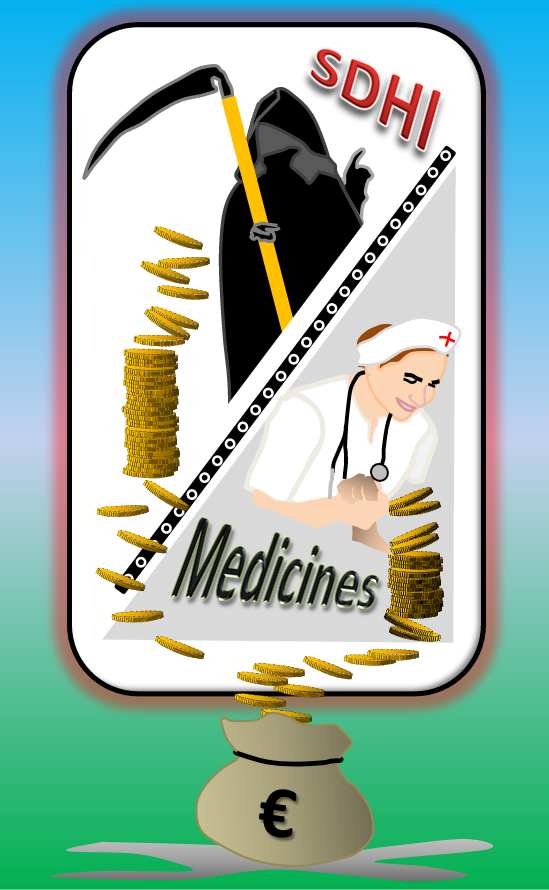
Deeper
the whole story
the sequence of facts
as for ANSES
as for assemblies
You will find here references to the questions concerning the SDHIs raised by elected members following our alert, the authorities’ replies as well as a mention of the meetings we had to participate in about the SDHIs.
the science corner
the basics
A brief presentation of the mechanism by which SDHIs act and the reason of their toxicity for all living organisms.
research articles
The scientific data, as links or directly as articles, reporting the consequences of an inhibition of SDH in humans, in animals and illustrating the danger represented by mitochondriotoxic pesticides as SDHIs
abroad
A section referring to some echoes received from abroad concerning the use of SDHIs
SDHIs and other Pesticides : ACT !
5 major axes
Generations Futures aims to – DENOUNCE the inadequacies of the legislation; – SUPPORT THE VICTMS and carry out citizen actions; – MONITOR AND CRITICIZE the conditions for placing pesticides on the market; – SENSITIZING THE GENERAL PUBLIC and promoting alternatives; – PUBLISH REPORTS of expertise and independent scientific analysis
POLLINIS fight
Pollinis is fighting for the ban on “bee-killer” pesticides and for agriculture that respects the environment and biodiversity. The association works to restore a rich and healthy environment for wild pollinators, and acts to save local honeybees in natural environments where they have evolved for millennia. Pollinis has launched several petitions to stop the scandal of the SDHIs, it’s up to you to sign!
“we want poppies”
A group of volunteers without money, made up of about fifteen people, headed by the journalist Fabrice Nicolino, seized with the urgency of the disastrous situation caused by the use of pesticides, which organizes every 1st Friday of the month, a rally in front of town halls and has launched a national appeal that we invite you to sign urgently to stop this madness of pesticides
Who are we
The scientists at the origin of the call concerning the dangers represented by the SDHIs (published in April 2018 in the newspaper Libération), Paule Bénit, PhD (Research Engineer IR2 INSERM, National Institute for Health and Medical Research) and Pierre Rustin, PhD (Research Director CE Emeritus at CNRS, National Center for Scientific Research), members of the Physiopathology and Mitochondrial Disease Therapy Team, of the Mixed Research Unit INSERM UMR 1141 (located at Robert Debré hospital in the 19th arrondissement of Paris), directed by Pierre Gressens, research director at INSERM and professor of fetal and neonatal neurology at King’s College in London.
the initial alert
Members of the CNRS (Malgorzata Rak, PhD, Research Fellow CR1, UMR 1141), INSERM (Judith Favier, PhD, Research Director DR2, UMR970 Cancerology, Georges-Pompidou European Hospital, Dominique Chrétien, PhD, Research Engineer IR2, UMR 1141); AP-HP (Public Assistance – Paris Hospitals; Anne-Paule Gimenez-Roqueplo, MD, PhD, Professor, Oncology, Georges-Pompidou European Hospital; UMR970; Manuel Schiff, MD, PhD, University Lecturer, Hospitaller Practitioner, UMR 1141) have joined the initial call to highlight the dangers of using SDHIs and calling for the suspension of their use under the precautionary principle..
Contact
You want to express your support or / and be informed about projects and progress, contact Pierre Rustin
We thank David Pavlowsky for his help in the realization of the site, Jorge Gallego for his re-readings, Alessia Catania, Céline Xiang Li, Malgorzata Rak, Amazigh Mokhtari, Jûrgen-Christoph Von Kleist-Retzow and Robert Lightowlers for the translations, Nicole Pavlowsky for her drawings and Jackie Duret for her photos.


